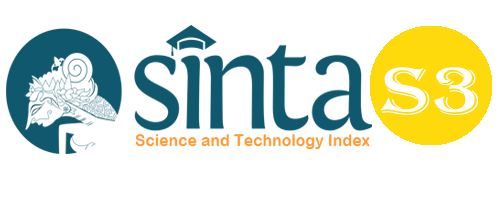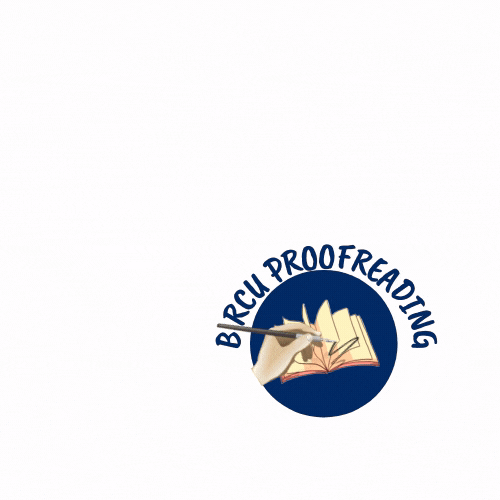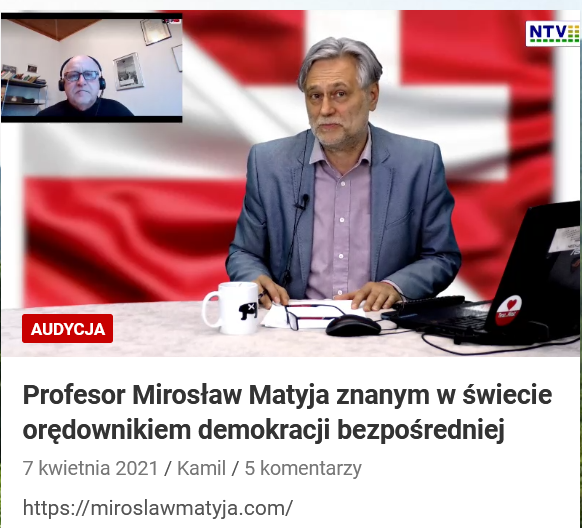Application of Picture-Word Inductive Model to Improve Reading Skills of Class II Students SDN 119 Sarira
Abstract
The purpose of this study is to describe the application of the Picture-Word Inductive Model to improve the reading skills of grade II students of SDN 119 Sarira. This research is a Classroom Action Research that takes place in 2 cycles. Each cycle consists of 2 meetings. The data collection procedure is carried out by observation, interview, test, and documentation techniques. The stages of activities carried out are planning, implementation, observation, and reflection. Data on improving students' reading skills are obtained from the test activities at the end of each cycle I and II. The presentation of the results of the observation of teacher teaching activities in the first cycle was 82%, and experienced an increase in cycle II to 96.75%. The presentation of student learning activities in cycle I was 78% and in cycle II it became 90.87%. The results of the student's reading skills test in the first cycle were 69.15% and in the second cycle of 85.35% belonged to the very good category. Based on the results of the study, it was concluded that the application of the Picture-Word Inductive Model model can improve the reading skills of grade II students of SDN 119 Sarira'
Keywords
Full Text:
PDFReferences
Arikunto, Suharsimi. 2014. Research Procedures a Practical Approach. Jakarta: Rineka Cipta
Bruce Joyce. (2011). Models of Teaching Teaching models. Yogyakarta: Student Library
Chaer, A. (2009). Introduction to Indonesian Sematics. PT Rineka Cipta.
Darmiyati Zuchdi and Budiasih. (1997). Language and Literature Education in Lower Grades. Jakarta: Ministry of Education and Culture Directorate General of Higher Education Section of the Elementary School Teacher Education Development Project.
E. Triwahyuni, et al, 2020. The effects of picture word inductive model (PWIM) toward students early reading skills of first-grade in the primary school
Moleong, LJ (2007). Qualitative Research MethodologyF. PT Youth Rosdakarya.
Mulyasa, E. (2007). Competency Standards and Teacher Certification. PT Youth Rosdakarya.
Mulyati, Y. (2007). Elementary Indonesian Language Skills. Open University.
Ramlan. (2018). Language Standardization in General Point of View. Budapest International Research and Critics Institute-Journal (BIRCI-Journal) Vol I (2): 27-33.
Sagala, S. (2007). Concept and Meaning of Learning. CV. Alphabet.
Santosa, P., et al. (2007). Elementary School Indonesian Language and Learning Materials. Open University.
Sudjana, N. (2006). Assessment of Teaching and Learning Results. PT Youth Rosdakarya.
Sugiyono. (2015). Educational Research Methods, Quantitative, Qualitative, AND R&D Approaches. Alphabet.
Suyono, H. (2016). Study And Learning. PT Youth Rosdakarya.
Tarigan, HG2010. Reading as a Language skill. Bandung Space. Bandung
T. Kabanga, PW Sari. 2021. Analysis of Reading Difficulties for Class II Students of SDN 213 Lemo Presidential Instruction 2019/2020 Academic Year
DOI: https://doi.org/10.33258/birci.v5i3.6876
Article Metrics
Abstract view : 32 timesPDF - 20 times
Refbacks
- There are currently no refbacks.

This work is licensed under a Creative Commons Attribution-ShareAlike 4.0 International License.

This work is licensed under a Creative Commons Attribution-ShareAlike 4.0 International License.

_.gif)

















_.gif)



